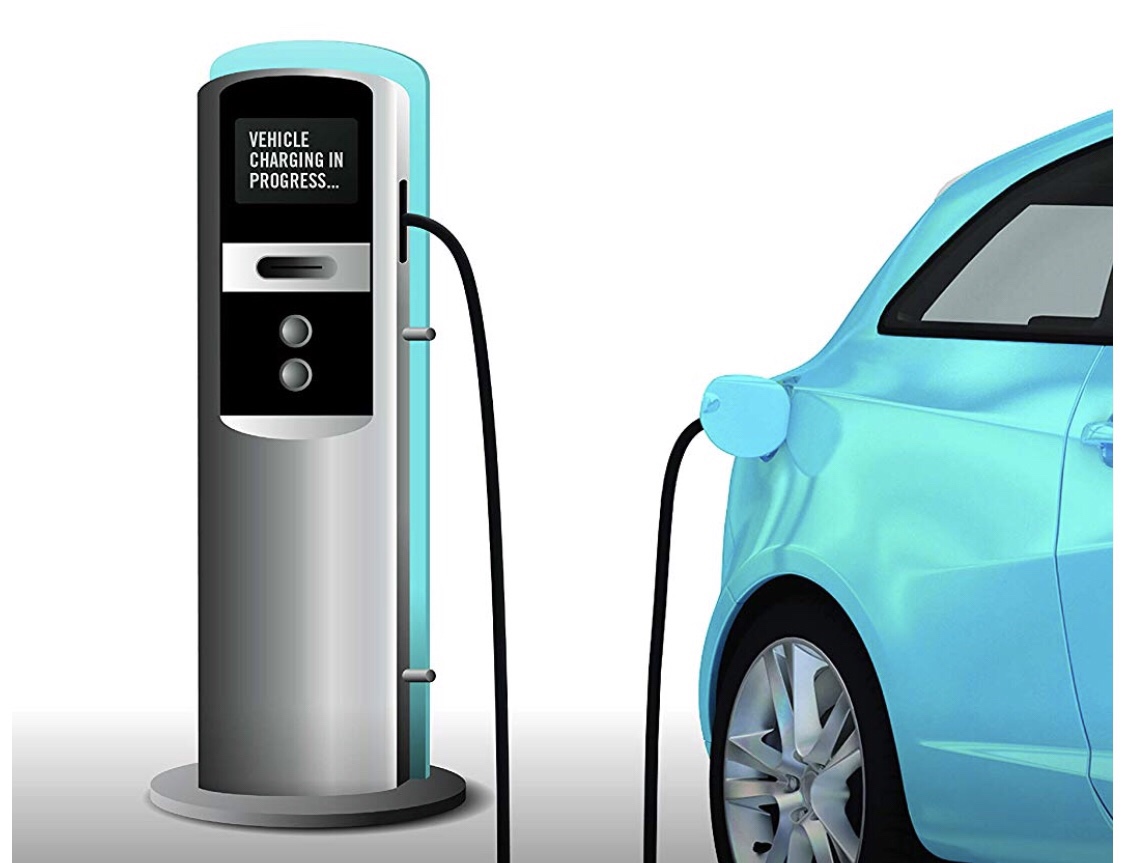The time that to come for electric vehicle charging stations is prepared to be one of fast turn of events and mechanical headway, driven by the rising gathering of electric vehicles all over the planet. As states and organizations push for greener transportation arrangements, the framework supporting electric vehicles should progress to satisfy needs. This article investigates the different viewpoints forming the future of electric vehicle charging stations, featuring both the positive and expected negative components.
1. Mechanical Headways
One of the most encouraging parts representing things to come of electric vehicle charging stations is the quick speed of innovative headways. Developments in charging innovation are making it conceivable to proficiently charge vehicles quicker and the sky is the limit from there. Super quick charging stations, equipped for conveying up to 350 kW of force, are now being sent. These stations can charge an electric vehicle to 80% in under 20 minutes, altogether decreasing the stand by time contrasted with current guidelines.
Also, headways in battery innovation, for example, strong state batteries, vow to additional upgrade charging rates and energy thickness. As these innovations become standard, the general insight of purchasing and working an electric vehicle will improve, making electric vehicles more interesting to a more extensive crowd.
2. Development of Electric Vehicle Charging Stations Organizations
One more certain improvement is the extension of charging networks. Organizations like Tesla, ChargePoint, and Jolt America are putting vigorously in building broad organizations of charging stations. Legislatures overall are likewise assuming a urgent part by giving motivations and financing to the improvement of public charging framework. For example, the European Association’s Green Arrangement plans to have something like 1 million public charging focuses by 2025.
In metropolitan regions, the combination of charging stations into existing framework, like parking garages, malls, and work environments, is turning out to be more normal. This approach expands the comfort for electric vehicle proprietors as well as advances the reception of electric vehicles by lessening range nervousness.
3. Sustainable Power Mix
The mix of sustainable power sources with electric vehicle charging stations is another positive pattern. Sunlight based controlled charging stations are turning out to be more predominant, offering an economical and harmless to the ecosystem method for driving electric vehicles. A few stations are furnished with sunlight based chargers that produce power nearby, while others are associated with the network yet buy sustainable power credits to counterbalance their power utilization.
This shift towards sustainable power assists with decreasing the carbon impression of electric vehicles, making them a significantly more alluring choice for earth cognizant customers. Moreover, the blend of energy stockpiling frameworks with sustainable power sources guarantees a dependable and consistent inventory of capacity to the charging stations, in any event, during times of low daylight or popularity.

4. Brilliant Charging and Framework The executives
Shrewd charging advances are changing the manner in which electric vehicles collaborate with the power network. By utilizing progressed programming and correspondence conventions, brilliant chargers can improve charging times in view of network interest, energy costs, and client inclinations. This not just assists with adjusting the heap on the network yet additionally permits electric vehicle proprietors to exploit lower power rates during off-top hours.
Vehicle-to-matrix (V2G) innovation is another thrilling turn of events. V2G empowers electric vehicles to release power once again into the matrix when not being used, actually transforming them into portable energy stockpiling units. This capacity can uphold framework strength, give crisis reinforcement power, and even produce pay for electric vehicle proprietors through energy exchange plans.
5. Framework Difficulties
In spite of the uplifting perspective, there are huge difficulties to the far reaching reception of electric vehicle charging stations. One of the central concerns is the significant expense of establishment and upkeep. Quick charging stations, specifically, require significant interest in both the equipment and the supporting electrical framework. This can be a hindrance, particularly in rustic or less thickly populated regions where the profit from venture may not be promptly obvious.
Moreover, the ongoing interwoven of charging organizations can be mistaking and badly arranged for clients. Various organizations work their own organizations with shifting installment frameworks and enrollment necessities. While endeavors are being made to normalize these frameworks, interoperability stays a worry that should be addressed to guarantee a consistent client experience.
6. Energy Interest and Matrix Effect
The rising number of electric vehicles represents a test to existing power networks. While brilliant charging and V2G advancements can relieve a portion of these issues, the general expansion in power request requires cautious preparation and interest in framework foundation. Redesigning the framework to deal with this extra burden is an intricate and costly cycle that includes the extension of limit as well as the modernization of control frameworks and the joining of sustainable power sources.
In areas where the lattice is as of now under strain, the expansion of electric vehicle charging stations could fuel issues, prompting likely power outages or the requirement for huge updates. Guaranteeing that the progress to electric vehicles doesn’t think twice about unwavering quality of the power supply is a basic test that should be tended to.
7. Ecological Worries
While electric vehicles are for the most part more harmless to the ecosystem than their gas powered motor partners, the creation and removal of electric vehicle batteries present natural difficulties. The mining of unrefined components, like lithium, cobalt, and nickel, utilized in batteries can have critical ecological and social effects. Besides, the removal of utilized batteries presents a developing issue, with the potential for unsafe materials to defile the climate while possibly not appropriately made due.
Endeavors are being made to foster more economical battery advances and further develop reusing processes, however these arrangements are still in their outset. The ecological advantages of electric vehicles will be augmented just when these issues are satisfactorily tended to.
8. Availability and Value
Another test is guaranteeing that electric vehicle charging stations are available to all portions of the populace. Presently, the accessibility of charging foundations is many times higher in well-off metropolitan regions, possibly leaving lower-pay and country networks underserved. This uniqueness can upset the broad reception of electric vehicles and compound existing imbalances.
To resolve this issue, designated strategies and motivating forces are expected to empower the arrangement of charging foundation in underserved regions. Public financing, organizations with privately owned businesses, and local area commitment are fundamental to making a comprehensive charging network that benefits everybody.
Conclusion:
The time that to come for electric vehicle charging stations is without a doubt splendid, with various mechanical headways and growing organizations making ready for a more reasonable and effective transportation framework. The mix of sustainable power, savvy charging innovations, and the advancement of super quick chargers are key drivers of this positive pattern.
In any case, huge difficulties remain. The significant expense of framework, the effect on power matrices, ecological worries connected with battery creation and removal, and issues of openness and value should be addressed to guarantee a smooth change to an electric future.
As the world moves towards cleaner and more maintainable methods of transportation, the improvement of strong and open electric vehicle charging framework will assume a urgent part. By defeating these difficulties and utilizing the capability of new innovations, we can make a future where electric vehicles are a feasible and appealing choice for all, adding to a greener and more economical planet.
FAQ’s:
- What measure of time does it expect to charge an electric vehicle at a fast charging station?
Charging times contrast, yet really speedy charging stations can charge an electric vehicle to 80% in less than 20 minutes.
- Are there enough charging stations to help the developing number of electric vehicles?
Charging networks are extending quickly with ventures from both privately owned businesses and legislatures, intending to satisfy the rising need for electric vehicle framework.
- Might electric vehicles at any point support the power matrix during popularity periods?
Indeed, with vehicle-to-framework (V2G) innovation, electric vehicles can release power once again into the matrix, assisting with adjusting request and give crisis power.
- Are there ecological worries related to electric vehicle batteries?
Indeed, the creation and removal of EV batteries present ecological difficulties, including the effect of mining unrefined components and likely tainting from ill-advised removal. Endeavors are in progress to foster more reasonable batteries and further develop reusing processes.




